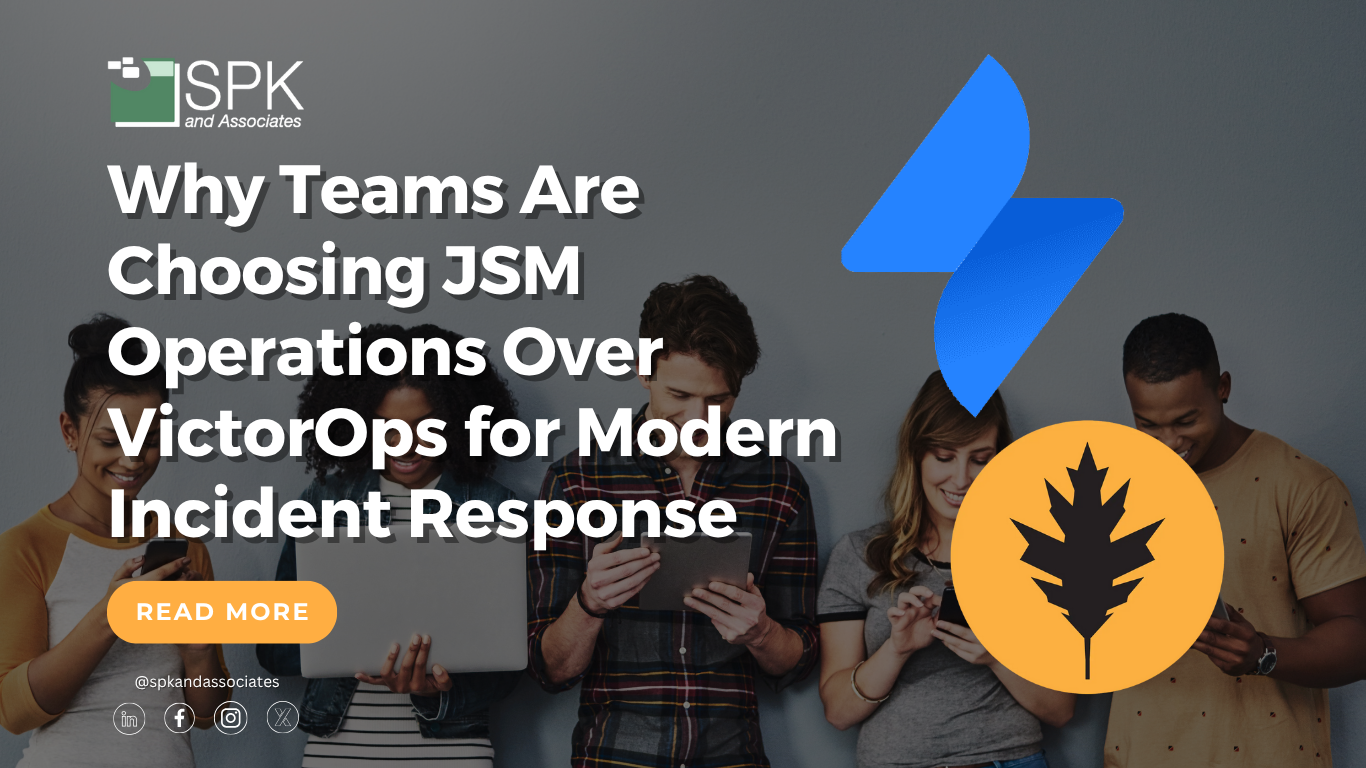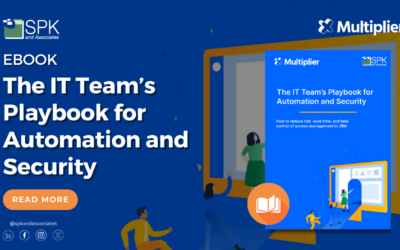Many service teams are reevaluating older tools like VictorOps, which was acquired by Splunk, and consolidating on modern, integrated solutions. Increasingly, that solution is Jira Service Management (JSM). But why? Atlassian’s previous tool, Opsgenie, is being retired, and those features are being moved to JSM. It has become the go-to choice for organizations that want more powerful features, deeper integrations, and the cost savings that come from using a trusted platform they already own. Here’s why more teams, including ours, are choosing JSM Operations over VictorOps for their always-on services and mission-critical incident response.
JSM vs VictorOps Feature Comparison
Modern incident response isn’t just about getting a ping when something breaks. It’s about responding fast, collaborating across teams, and learning so it doesn’t happen again. That’s exactly where JSM Operations outshines VictorOps. The following capabilities display the main differences between the two solutions:
Richer Alerting & Escalations: JSM offers a flexible rules engine that allows teams to create powerful, customizable escalation policies. Enrich alerts with tags, runbook links, notes, and prescriptive actions so responders have context immediately. VictorOps offers the basics, but can’t match the depth of customization.
Superior Integrations: JSM connects to over 200+ tools, from monitoring platforms like Zabbix to CI/CD, ticketing, and chat. VictorOps simply doesn’t match the breadth of plug-and-play integrations.
On-Call Scheduling in One Place: Both tools offer on-call scheduling and alerting from a single interface, but JSM makes it easy to build, manage, and modify rotations as your teams grow.
Mobile Functionality: JSM’s mobile app lets responders acknowledge, escalate, or reroute incidents from anywhere, with advanced features for managing incidents on the go.
Better Reporting and Dashboards: Out-of-the-box dashboards and analytics in JSM make it easy to track performance, spot patterns, and improve processes over time.
The Atlassian Advantage
VictorOps is a standalone tool — but JSM is part of something bigger: the Atlassian ecosystem. When you unify incident response with Jira Service Management, Jira Software, Confluence, and Statuspage, you unlock a deeper integration with Atlassian’s tools. You may link alerts directly to Jira issues to track follow-ups, root cause analyses, or changes, all from a single source of truth. Additionally, you can connect incidents to runbooks, knowledge base articles, and post-incident reports in Confluence. Furthermore, Atlassian’s new Rovo AI and the Teamwork Graph mean your incident data won’t live in a silo. It’ll feed smarter searches, automated workflows, and better decision-making across all teams. To add to this, Jira’s powerful no-code automations can triage alerts, route them to the right teams, update stakeholders, and close the loop faster.

Real Savings and Better Outcomes with JSM
At SPK, we’ve experienced this shift firsthand. We moved from VictorOps to JSM Operations and immediately saw real-world benefits:
- Cost Savings: We saved over $4,200 per year because JSM Operations was included in our Jira Service Management license.
- Smoother Integrations: Our alerting is now tightly connected with Jira tickets and Confluence documentation. No more silos, no more duplicate data.
- Faster Response, Better Insights: With better dashboards and deeper analytics, our teams spot trends sooner and respond more efficiently. This keeps our services resilient and our customers happy.
Switching From VictorOps to JSM Operations
Atlassian has proven its value for developers and IT teams for decades, but JSM Operations shows how that value extends to modern incident response. Compared to VictorOps, JSM Operations gives teams richer alerting, better integrations, built-in cost savings, and the power of an entire ecosystem behind it. If your goal is to consolidate tools, save money, and improve how you handle incidents, it’s time to see why so many teams are standardizing on Jira Service Management Operations. To learn more about JSM and the rest of the Atlassian ecosystem, contact our experts.






